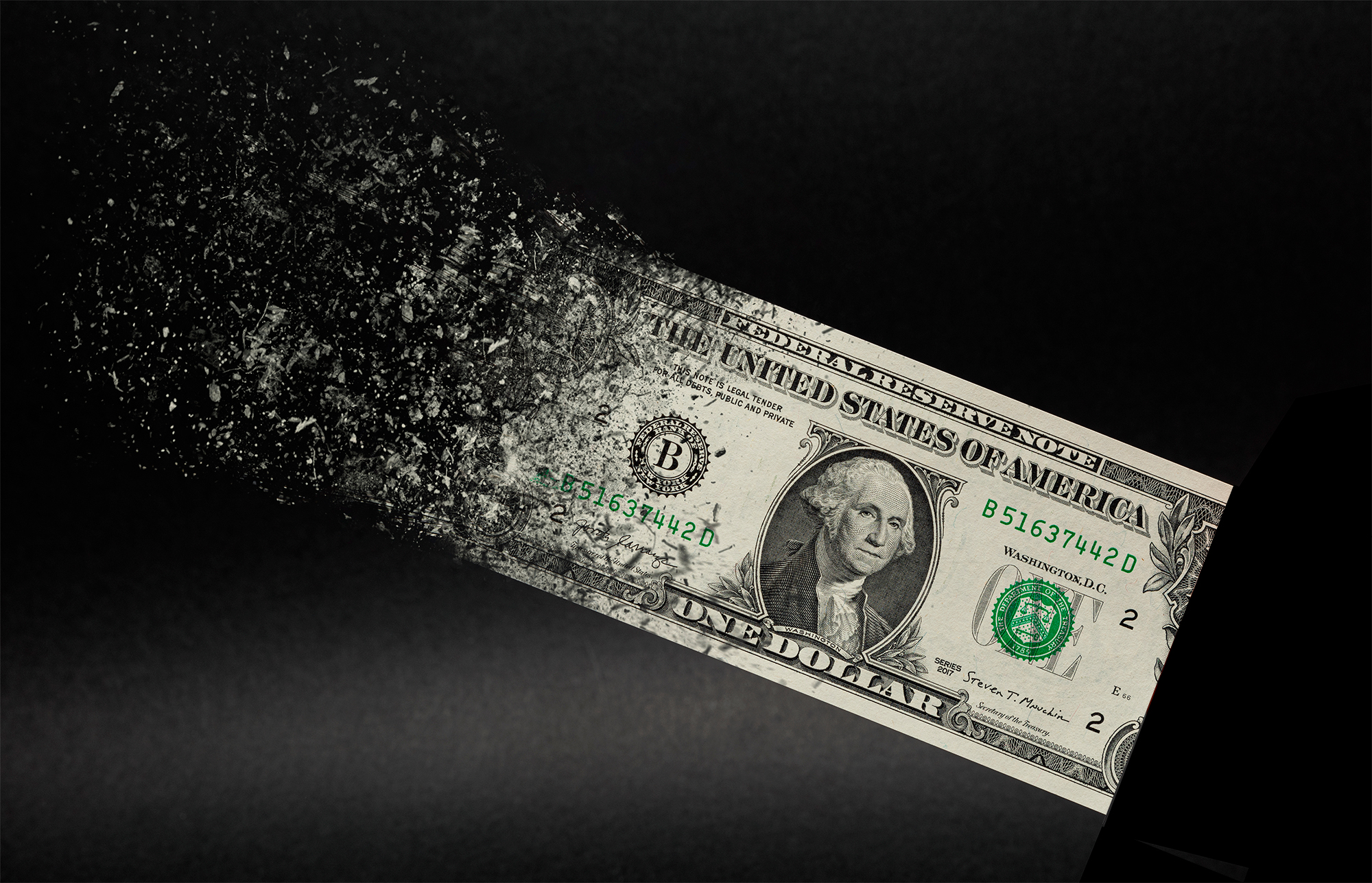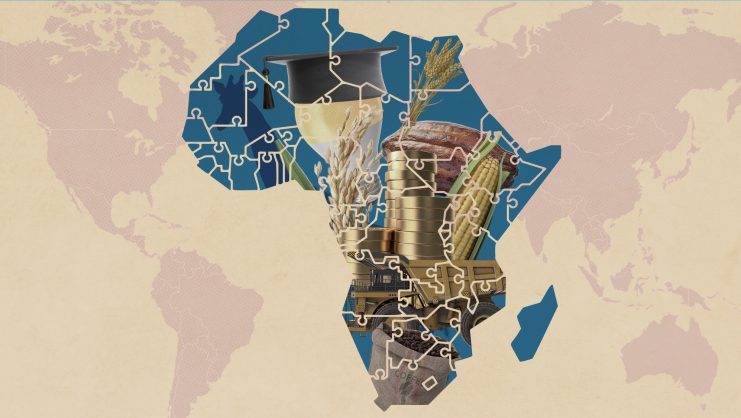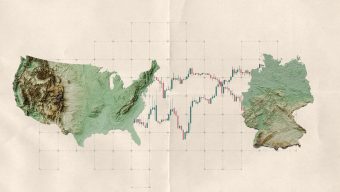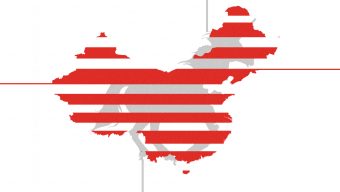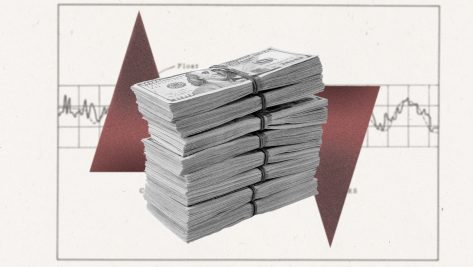Isn’t it odd how quickly our attention shifts from one problem to another when we think about the economy? Not so long ago we were fixated on the profound Covid recession and unemployment, which evaporated in the overheated recovery. Since Vladimir Putin invaded Ukraine, a new problem is at the fore of nearly everyone’s minds: inflation.
It’s also odd how short our memories are. We have not experienced inflation in a long time. In fact, US millennials have lived through no inflation to speak of except for the brief 2008 commodity price shock; and Generation X have never experienced it. Suddenly it is all we talk about, which is logical in light of the latest (9.1%) inflation figure in the United States, the highest in 41 years; and historically high (8.6%) inflation in the eurozone.
What makes this inflation a particularly knotty problem is that it arises from events on the supply side of the economy, specifically high food and energy prices and supply chain disruptions. To solve it without suffocating growth, solutions must also come from the supply side. In the United States, the Federal Reserve is responding with a demand-side measure, sharply higher interest rates, which will cool off an overheated economy, but the supply problem will not go away. As the huge Covid stimulus programs fade, waning fiscal support will do the same. If authorities want to address soaring inflation more directly, what should they do?
There are many good supply-side policies. One would be to repair supply chains by giving incentives for production at or near home. US president Joe Biden has sought to do this with a $52 billion Innovation and Competition Act, which would boost US industry and fund domestic manufacturing of semiconductors. Political battles are holding it up, however. Even if it were passed, the effect on supply would take time to be felt. Another possible measure would be to cut taxes, which reduces production costs. This would also boost demand, however, and reduce tax revenue at a time when it is sorely needed to service the high debts from the pandemic. Efforts to boost the production of fossil fuels, as Biden has been doing in Saudi Arabia, would also help, though this has negative environmental implications.
Since tariffs are essentially a tax on consumers, removing them could reduce inflation and boost Biden’s low approval ratings.
There is one interesting anti-inflation proposal that should be politically popular for Biden, which would be to remove Trump-era tariffs on imported goods from China. When former president Donald Trump left office, the average US tariff on Chinese imports had risen from 3% to 20%. The tariffs covered products as varied as flat-screen televisions, weapons, satellites, medical devices, aircraft parts, and batteries. Since tariffs are essentially a tax on consumers, removing them could reduce inflation and boost Biden’s low approval ratings.
Business might view their removal as a surrender to China, but voters could be grateful for cheaper consumer goods. Some experts say the effect could be quite small, however: in the range of only 0.3%, according to one Peterson Institute study, meaning 9.1% inflation would fall to 8.8%.
Casting about for ways to tackle highly unpopular inflation, Biden has proposed other measures including a holiday on gas taxes and the cancelation of some student loans.
If his Build Back Better plan were to be passed – and Senator Manchin pledges that it will not — it would reduce prescription drug prices and give clean energy tax credits, which would both help reduce inflation. Biden is also negotiating with some trade partners to accelerate port clearance times. As Covid heats up again in China, however, the supply-chain pressures will persist in the short term.
The oil price cap that Biden proposed earlier this month to the G7 nations would also reduce inflation by limiting the price at which Russian oil could be bought in world markets. There is some opposition to this plan and many doubt its feasibility, but if it were adopted and worked, it would reduce inflation in the West and deprive Putin of funds for his war.
But maybe all of these efforts are arriving too late. As stock and bond prices fall in many markets and cryptocurrencies continue their catastrophic collapse, an anti-inflation development has been added to the mix: falling commodity prices. Speculators, seeing recession on the short-term horizon, are selling off commodities. The S&P GSCI agricultural prices index has dropped 28% from its all-time high in mid-May, and Brent crude fell below $95 a barrel, its lowest since April. Gas prices have fallen so quickly in the United States — 19 cents a gallon in two weeks — that the ultra-right Fox News has criticized the trend!
Clearly, this is good news for inflation which comes from exactly the right source: the supply side. If these declines continue, the inflation problem will take care of itself in the short term. But we need to remember that the reason prices are tumbling is that speculators fear an imminent recession due to higher borrowing costs.
Is this likely? In such turbulent times, it is difficult to say. At the time of this writing, the forecasts for global oil prices ranged from $65 a barrel (Citi) to $380 a barrel if Russia shuts off production in response to the G7 plan (JPMorgan). If Citi and today’s commodity speculators turn out to be right, the public focus will suddenly shift back to two equally critical indicators: GDP growth and unemployment. Inflation ceases to be such a problem in recession. As some people say, be careful what you wish for.
© IE Insights.



